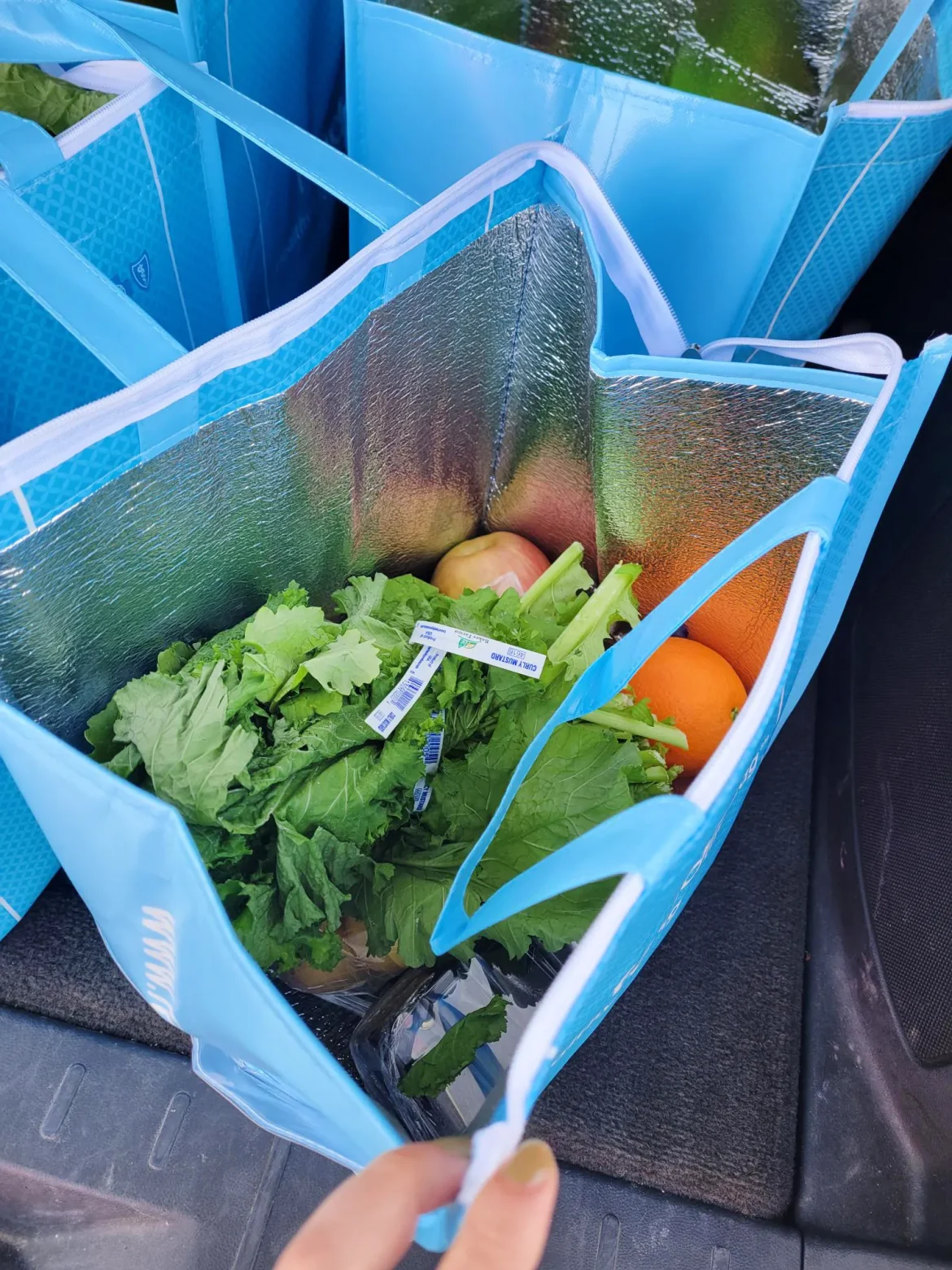A city program that delivers food to people with disabilities in Austin has been extended six more months.
The city pilot program, launched in February to improve food access for 100 people facing food insecurity, was given funding by the Greater Chicago Food Depository.
“We had sort of this consensus that there was something in this model that was really working,” said Ashley Friend, managing director of Vivery Idea Lab, one of the city’s partners in this delivery program.
Such a service is critical to the community. Households in the Chicago area with an adult member who has a disability are nearly three times more likely to be food insecure than households whose adult members have no disabilities, based on 2015 U.S. census data.
In a survey in May, program participants identified mobility, wait times and transportation as the top three barriers in accessing local food pantries, Friend said.
“In-home delivery can address all three at once,” Friend said.
Participant receive two food deliveries each month. The first delivery includes 40 to 50 pounds of foods such as protein, dairy, shelf staples and some produce. The second delivery includes 15 to 20 pounds of produce from local food vendors Forty Acres Fresh Market and Dion’s Chicago Dream.
During the past six months, the program distributed 27,000 pounds of food from four local food pantries.
The program “is a blessing” for residents who can’t get to a nearby food pantry, said Austin resident Vernia Palmer, who’s received food deliveries under the program.
Program participants also have reported in surveys they value the fresh, high-quality and nutritious produce delivered to their home.
This is a critical component because it provides access to “food options and good produce,” said Rachel Arfa, commissioner of the Mayor’s Office for People with Disabilities.
In-home delivery has also created 38 local jobs, another “incredible” outcome of this program, Arfa said. Local residents –from Austin and Garfield Park – are employed by the food delivery program.
Employing locals helps build trust for residents who open their doors, and their kitchens, to the delivery crew that visits them twice a month.
Vivery Community’s technology attempts to meet participants where they’re at. Nearly 50% of participants respond to monthly surveys shared via text. The data helps measure program impact and better deliver food to residents.
“A crucial component of this program is collecting regular feedback from participants to make sure that we are truly meeting the unique needs of our neighbors in a meaningful and dignified manner,” said Kate Maehr, cxecutive director and CEO of the Greater Chicago Food Depository.
The Mayor’s Office for People with Disabilities and the Community Safety Coordination Center want to expand the pilot program to serve 1,000 people citywide in the future.
This pilot offers a model that should be replicated in different communities, Arfa said. Not only does it reduce food insecurity for some of Chicago’s most vulnerable populations. It demonstrates that investing in community programs leads to local jobs creation, which in turn help decrease food insecurity in the neighborhood, she said.
In the meantime, Austin’s program participants will not have to worry about getting to their nearest food pantry or standing in line for a long time.
“We’re able to keep the program model intact as it is for these 100 participants, Friend said. “We’re thrilled.”
